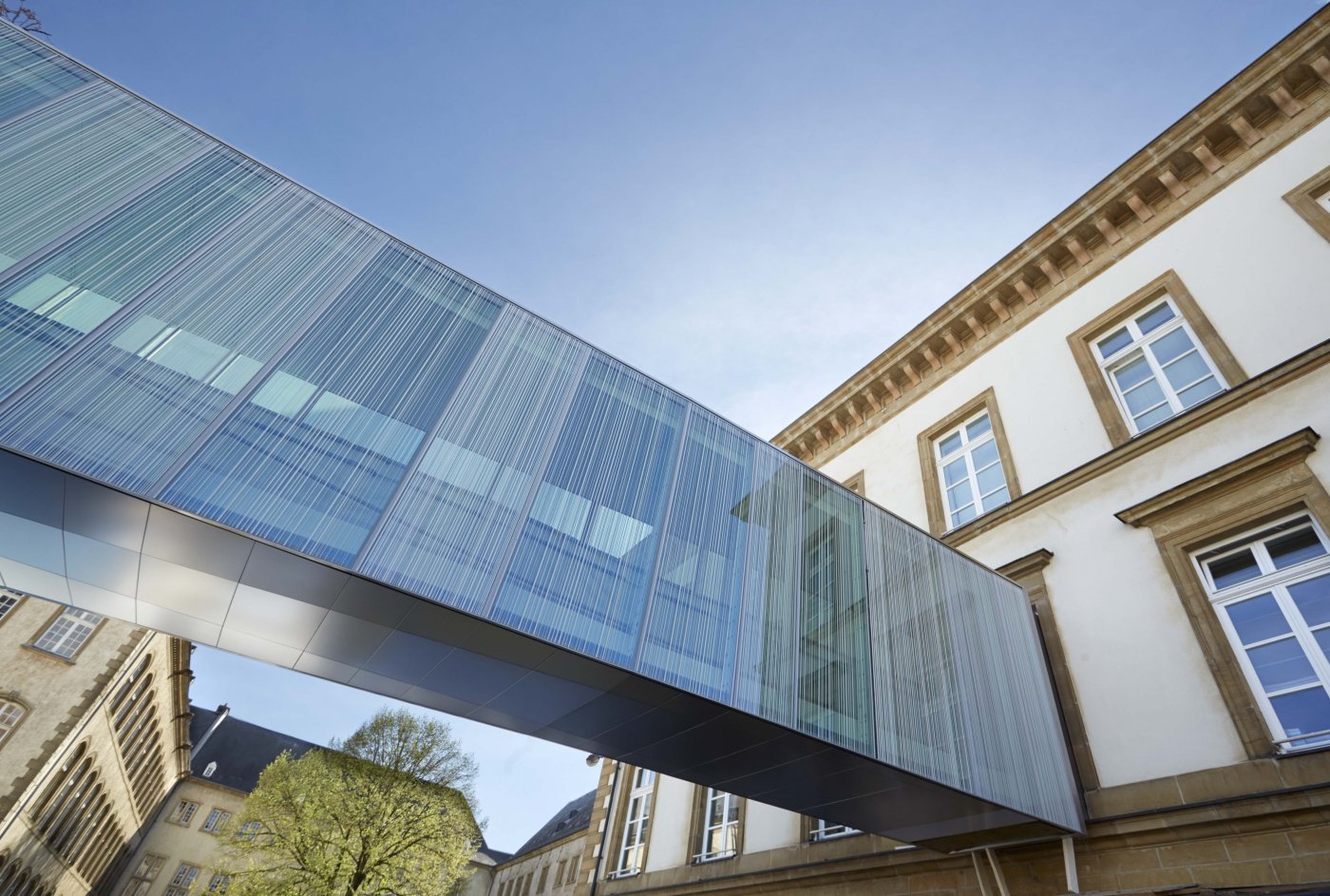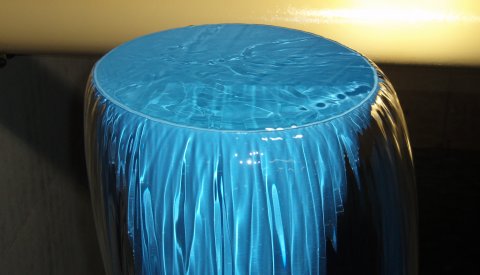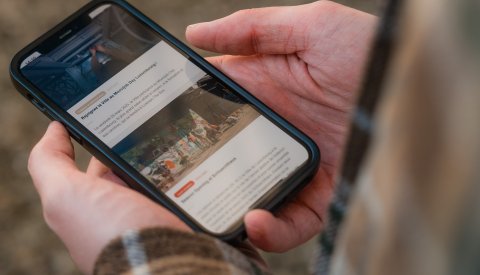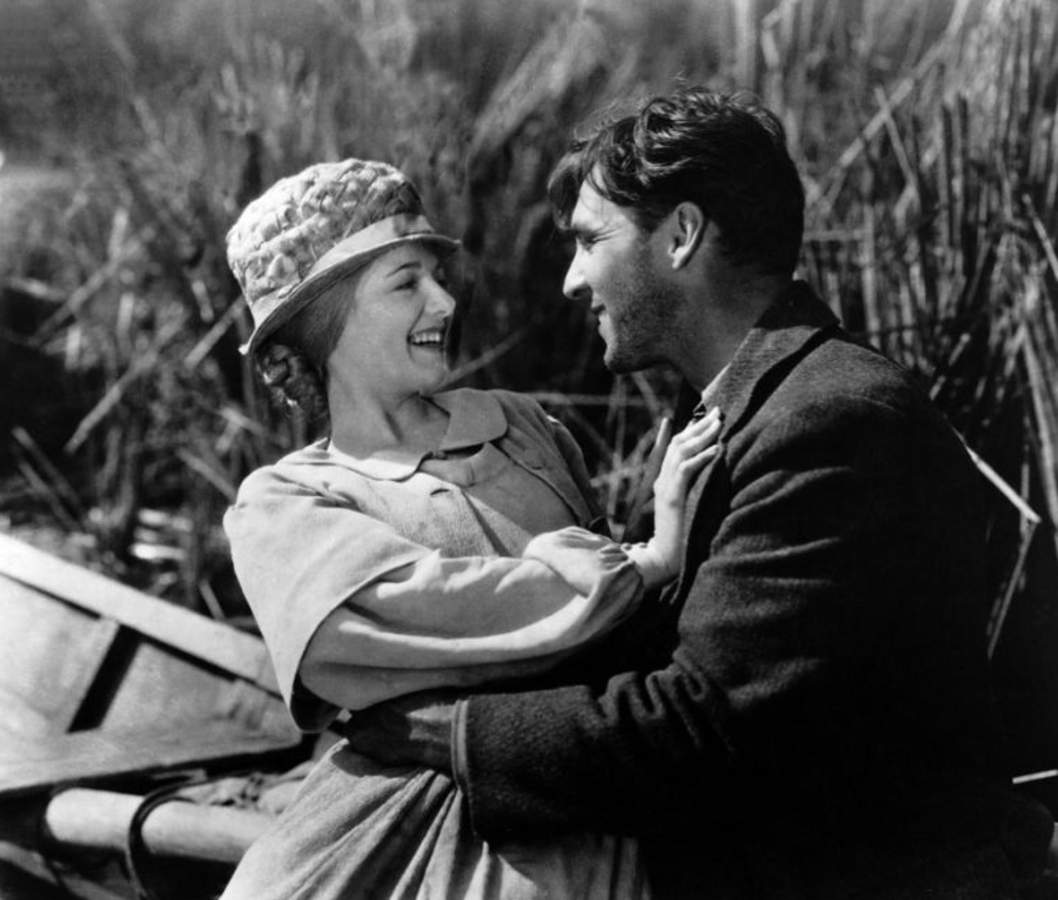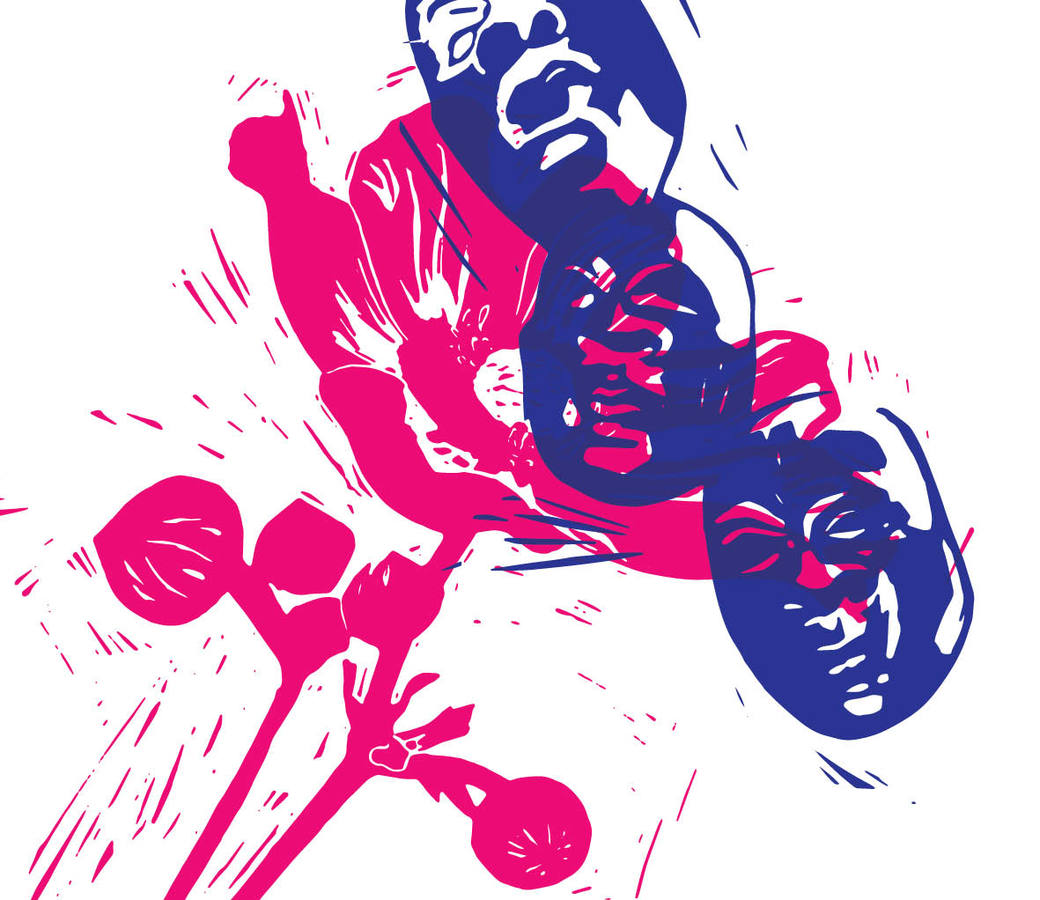Water consumption
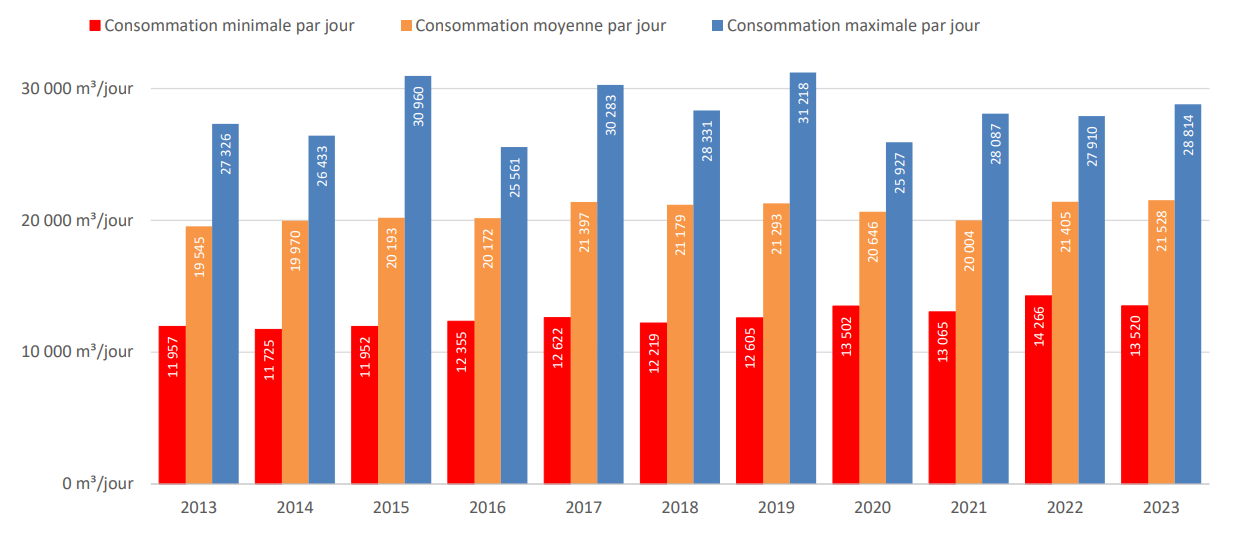
The City of Luxembourg consumes 21,000 m3 of drinking water per day.
The daily consumption of drinking water for household purposes alone is about 180 litres per person, of which only a small amount (2 litres) is used for drinking and cooking. Most water is used simply for personal convenience. On average, the water requirements of a typical household are as follows:
- 1/3 for baths, showers or personal hygiene;
- 1/3 for toilets;
- 1/6 for laundry and dishes;
- 1/6 for washing cars, watering plants, cooking and drinking.
Careless use of this precious resource may lead to imbalances that nature cannot easily correct. It is therefore in our interest to consume water sensibly.
Here's how


-
Do not leave the water running while shaving, washing your hands or brushing your teeth
-
Use water from a cup to rinse after brushing your teeth
-
Replace leaky faucets and washers
-
Put flow restrictors on faucets. These are sometimes called aerators
-
Equip toilets with a water-saving flushing system (with two flush buttons)
-
Shower instead of taking baths
-
Buy water- and energy-saving dishwashers and washing machines
-
Run dishwashers and washing machines only when full
-
When washing dishes by hand, don't leave the water running. Instead, fill two containers: one for washing, and one for rinsing
-
Wash vegetables in a basin of water and then use the water to water your plants
-
Clean your car at a car wash, rather than in your garden or on the street. Not only will the dirty water be treated but high-pressure cleaning uses one-third of the water that garden hoses use.
-
Place mulch around plants to retain moisture from dew and watering
-
Use a drip watering system or a porous hose to regulate the amount of water
-
Water in the evening when evaporation is slower
-
Whenever possible, use other sources of water, such as rainwater or kitchen waste water (e.g., to water lawns and gardens)

Private swimming pools
How do private swimming pools consume water once filled?
- Evaporation due to exposure to sun and wind
- Leaks in the structure of the pool itself, the liner, joints, sealed parts, piping, and equipment room
- Splashing and spillover while the pool is being used: bathers; frequency and type of use
- Washing the filter used in the water-treatment system
Measures to control water consumption in private swimming pools
- Repair leaks as quickly as possible
- Cover the pool when it is not being used – tarpaulin, screen or any other suitable means – to reduce evaporation and nighttime heat loss
- When filling the pool, monitor the water level using an automatic filling device – which switches on/off to keep the water at the right level
- Whenever possible, avoid games that cause water to splash outside the pool
- Avoid overusing chemical products
- Turn off fountains and waterfalls when they are not necessary
- Keep the water level low: the higher the water level, the greater the risk of water loss due to splashing and spillover
- Turn down the temperature in the heating system in the summer
- Clean the pool properly to avoid having to wash the filter too often. Regularly check and empty the skimmer baskets and the filter pump. Don't wash/rinse the filter unless it is really dirty (check the turbidity metre)
- Re-use rinse water to water plants
- Add water-treatment products at the end of the day: the sun accelerates the dissipation of chlorine
- Surround the pool with plants: plants help to reduce evaporation caused by wind by forming a natural wind breaker
- Use high-quality cleaning and disinfection products, or those recommended by the supplier of the water-treatment system
- Don't empty the pool completely every year. Instead, empty it partially to 1/4 of its capacity every year. With proper upkeep and maintenance, regular monitoring of the water level, and partial emptying at the start of the season, the swimming pool water will remain clear, clean and safe
